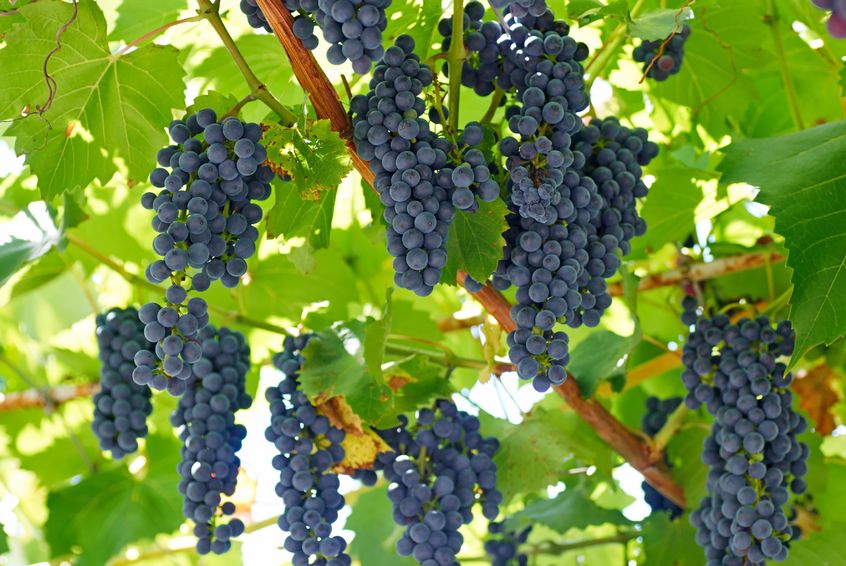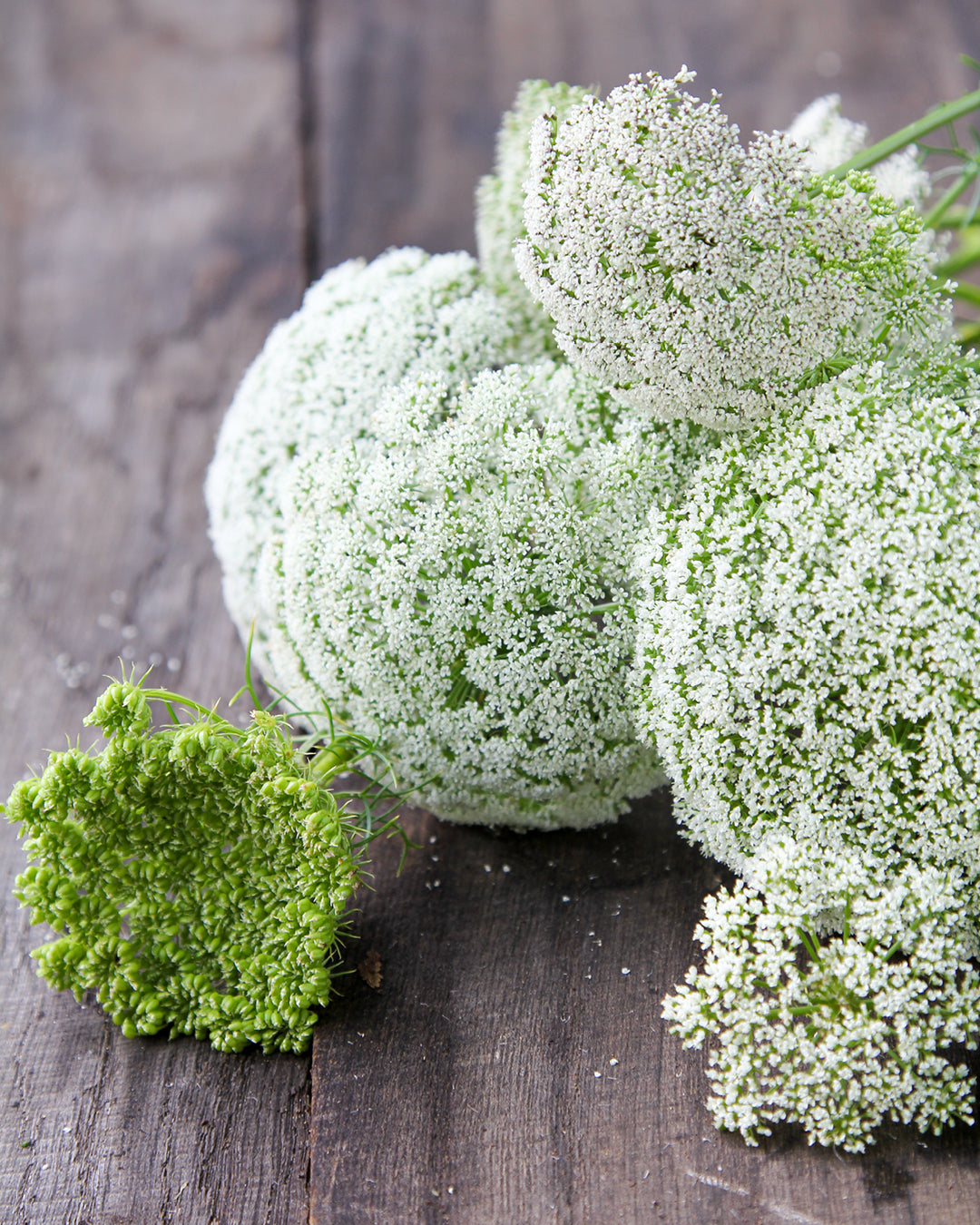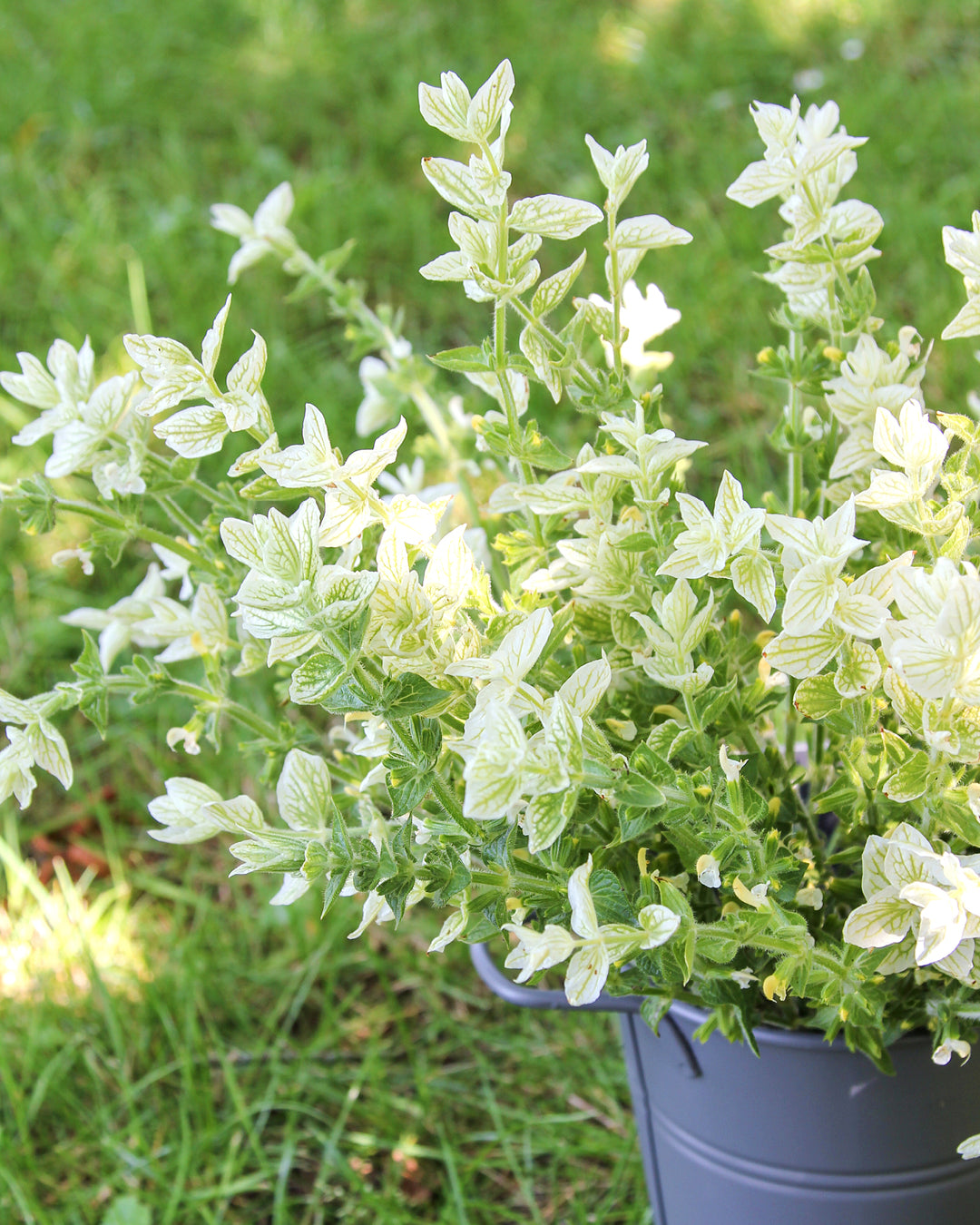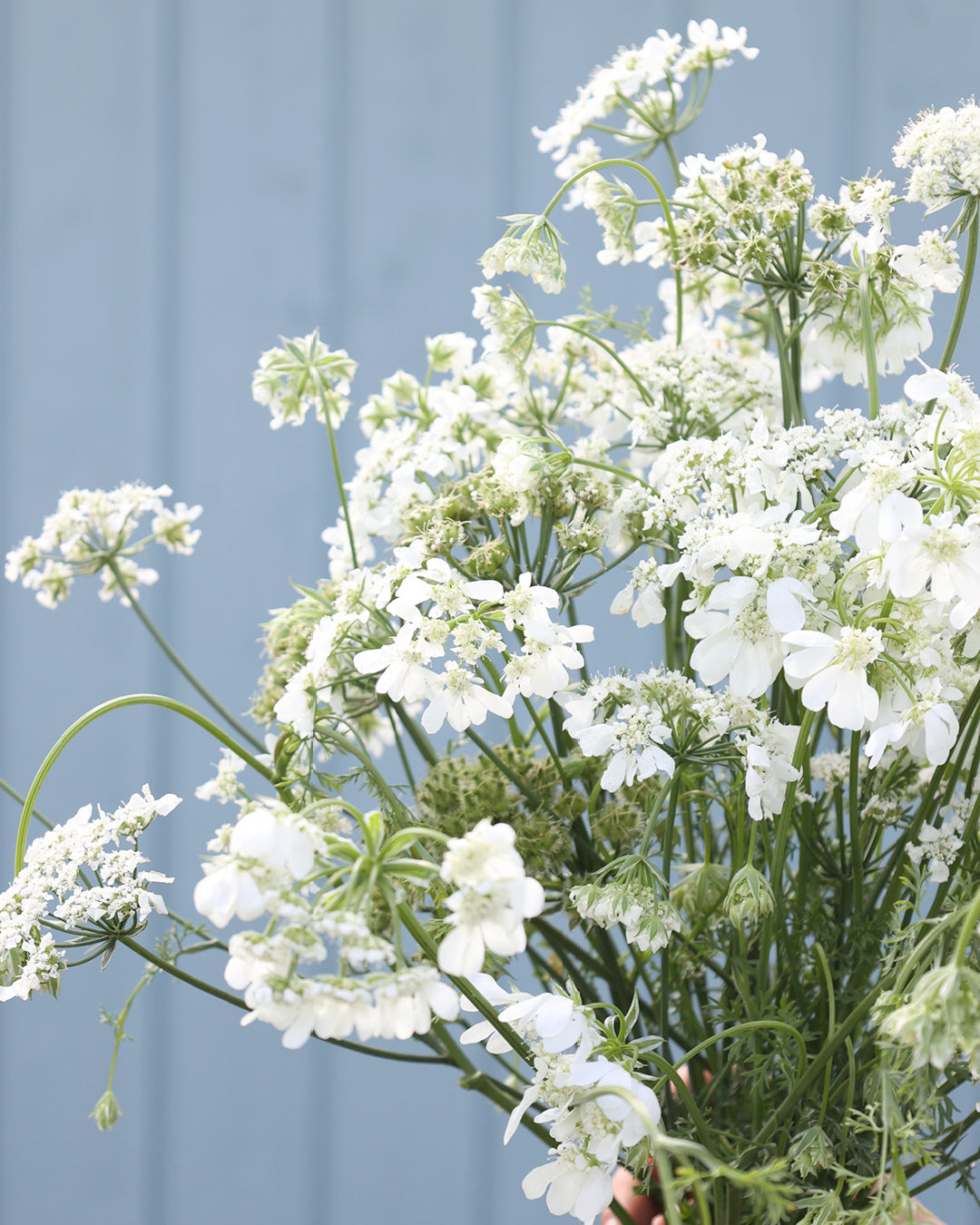Grapes (Vitis vinifera)
They add a special flair to the garden and boast delicious fruits that are perfect as snacks, but can also be processed into jelly or jam: Grapes shouldn't be missing from your garden! And by the way: There's hardly a fruit whose juice is surrounded by more legends, secrets, and songs.
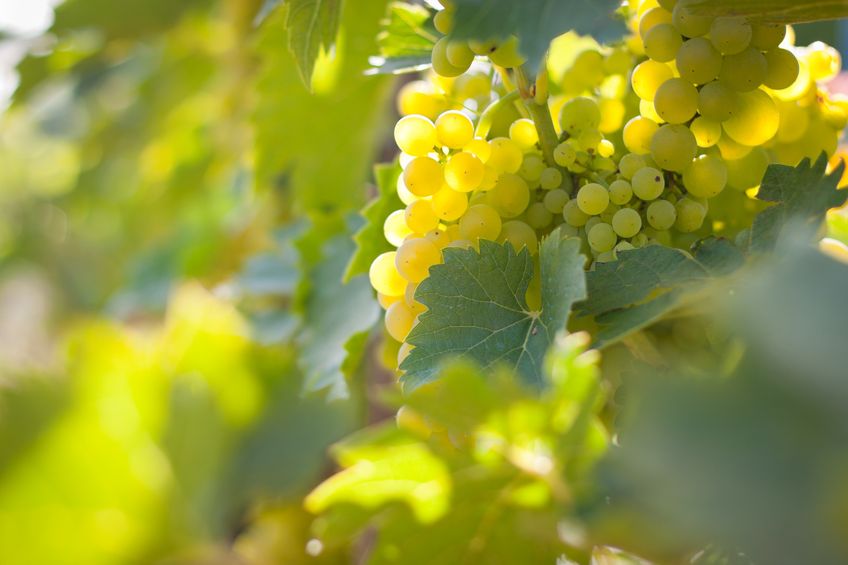
Cultivation – How does it work?
It's best to wait until spring to plant grapevines. Grapevines are among the heat-loving fruit trees. It's best to choose a time in March/April, when severe frosts are no longer expected. Low winter temperatures, late frosts, and extreme winter droughts are a real threat to newly planted grapevines.
When cultivating, cut the plant back to the first bud and lightly cover the grafting point with soil.
Location – Where is best?
Suitable soil for your grapevines should have the following characteristics: well-drained, neither waterlogged nor extremely dry, nutrient-rich, and also slightly calcareous. Grapevines prefer sunny and sheltered locations. The best place to grow them is as a freestanding or wall-mounted trellis facing south, southeast, or southwest. There should always be at least 20 cm of space between the trellis and the wall. Otherwise, expect a space of 1.5 by 2 meters and a height of between 2 and 6 meters.
Care – What needs to be done?
The best time to prune is on frost-free days in February and March. Regular pruning stimulates the formation of flower buds, which guarantees a consistent and abundant harvest. Prune only the shoots that grew the previous year. If you're wondering which branches these might be, just take a look at the bark. You'll notice that the bark on annuals is lighter. It's best to cut the shoots back to about two to three buds. Your vines will then bear fruit on the side shoots growing on them.
To protect the plants from birds that also target the sweet fruits, it is advisable to stretch a net over the plants.
Vines also need a lot of minerals, so it's essential to apply a complete fertilizer before bud break. In the fall, it's a good idea to enrich the entire bed with well-rotted compost.
Harvest – What should you consider?
Between August and October, the grape harvest begins in your garden. Early-ripening varieties include Lakemont, Boskoop's Glory, Regent, and Piroschka. It's recommended to cut the whole bunches with pruning shears. Generally, the first harvest can be expected after the third year. Whether eaten fresh or made into jam, jelly, or juice, the grapes are a delicious reward for all the work beforehand.
Botany – What kind of plant is this?
The self-fertile grape belongs to the grapevine family. Depending on the variety, some fruits are better suited for pressing (wine), others for fresh consumption (table grapes), and still others for drying (raisins).
Blue grapevine: The blue grapevine is a deciduous, vigorous wild grapevine. This woody climber originates from southern Europe and is one of the oldest cultivated plants in the world.
Cultural history – How did the grape come to us?
Winemaking began its successful history in ancient times and gradually gained more attention. This led to considerable expansion, and wine was soon cultivated almost everywhere climatic conditions permitted. In the Middle East, winemaking had even been practiced since the 6th millennium BC.
The grapes' original home is probably the southern shores of the Caspian and Black Seas. Today, grapes come to us from all over the Mediterranean.
Varieties – Which are recommended?
Blue table grapes:
- Blauer Portugieser: medium-sized fruits, sweet, vigorous growing, high yielding, for warm, dry locations
- Regent: medium-sized fruits, also suitable for harsher locations, mildew tolerant
- Boskoop's Glorie: also suitable for rougher terrain, mildew resistant
- Dornfelder: large, aromatic berries, strong growing, very productive, not too dry
- Muskat Bleu: almost seedless, also suitable for rougher terrain, mildew resistant
- Magdalena: large, seedless berries, mildew tolerant
White table grapes:
- Queen of the vineyards: large, sweet berries with a muscat aroma, very vigorous, very productive, not too calcareous
- White Gutedel: large, sweet berries, spicy aroma, medium-strong growth, high yield
- Bianca: mildew-resistant, very productive
- Zala Gyöngye: mildew resistant
Red table grapes:
- Chameleon grape Piroschka: Berries first red, then green, then pink again
- Red Gutedel: medium-sized, sweet berries, very spicy, medium-strong growth, location should not be too dry
Yellow table grapes:
- Lakemont: seedless, particularly long-grained, mildew-tolerant
- Phoenix: vigorous, productive, mildew-resistant, very frost-hardy
TEXT: Carina Naeve
